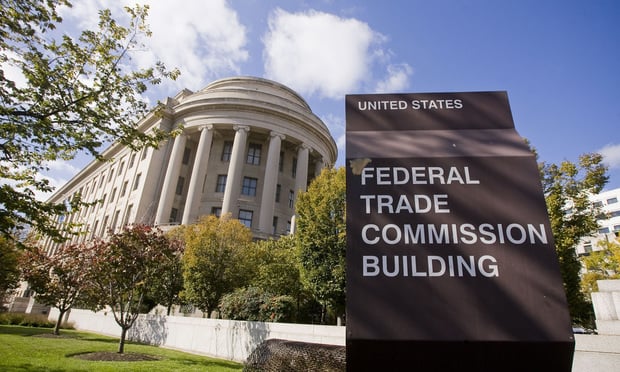LEADING, CAUSE OF BURNOUT - Big Law burnout—it’s not just for associates anymore. As Law.com’s Andrew Maloney and Patrick Smith report, law firm leader burnout is also at an all-time high, according to industry analysts, and it’s likely to cause not only a wave of turnover at the top in the next year, but shorter reigns in general for the next generation of firm chairs. So what’s driving this phenomenon? Brad Karp, who has led Paul Weiss for 14 years, said law firms have generally gotten larger and more complicated to manage. “We’re dealing with increased client and partner mobility, which poses significant management challenges,” he said in an email. “We’re dealing with different partner structures; many firms have created multiple classes of partner (equity, nonequity, salaried) and the steady erosion of the lock step and pressures on the compensation model. Managing these issues takes time and requires walking the halls.” It also, as several others noted, requires a support network. “Having peers to talk to, whether it’s junior lawyer to junior lawyer, partner to partner—when you have sort of a team approach to management, that helps support management,” said Gretchen Harders, a member at Epstein Becker & Green who advises companies on employee health benefits and equitable compensation. “That might be idealistic, but people need their peers to discuss things with and to step in at different times.”
KEEP COMING BACK FOR MORE - Good news for folks who love swiping key cards: As Law.com’s Justin Henry reports, aggregated Am Law 200 data suggests Big Law firms are increasingly pushing for more days per week in the office than not. In the initial planning phase of Am Law 200 firms’ office returns, one to two days of in-office work per week was the most popular model, according to data on 89 firms gathered by legal tech company nQ Zebraworks. But when it comes to forward-looking plans in the same cohort of 89 firms, the preferences have flipped. Only 8% plan to be in the office one to two days per week post-transition, with a plurality, 26%, pushing for a three-day-per-week minimum of onsite work, and another 17% pushing for four to five days per week. While these figures may be disappointing to some attorneys, legal professionals and staff who were hoping the pandemic would result in a remote revolution, it should be noted that this isn’t your granddad’s office we’re talking about here. This is the office of the future, featuring amenities you’re not going to find anywhere else, like snacks and exercise equipment. Plus, sometimes you get to wear jeans. So, even-steven.










